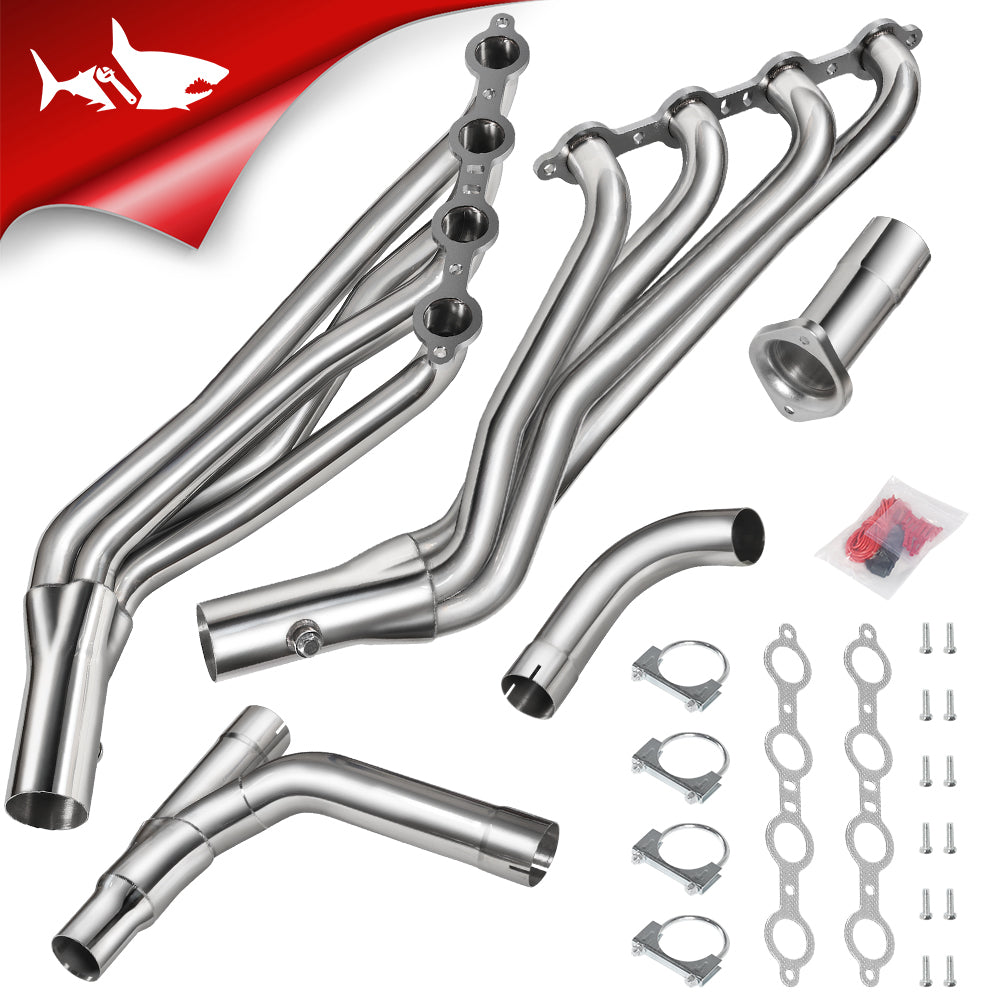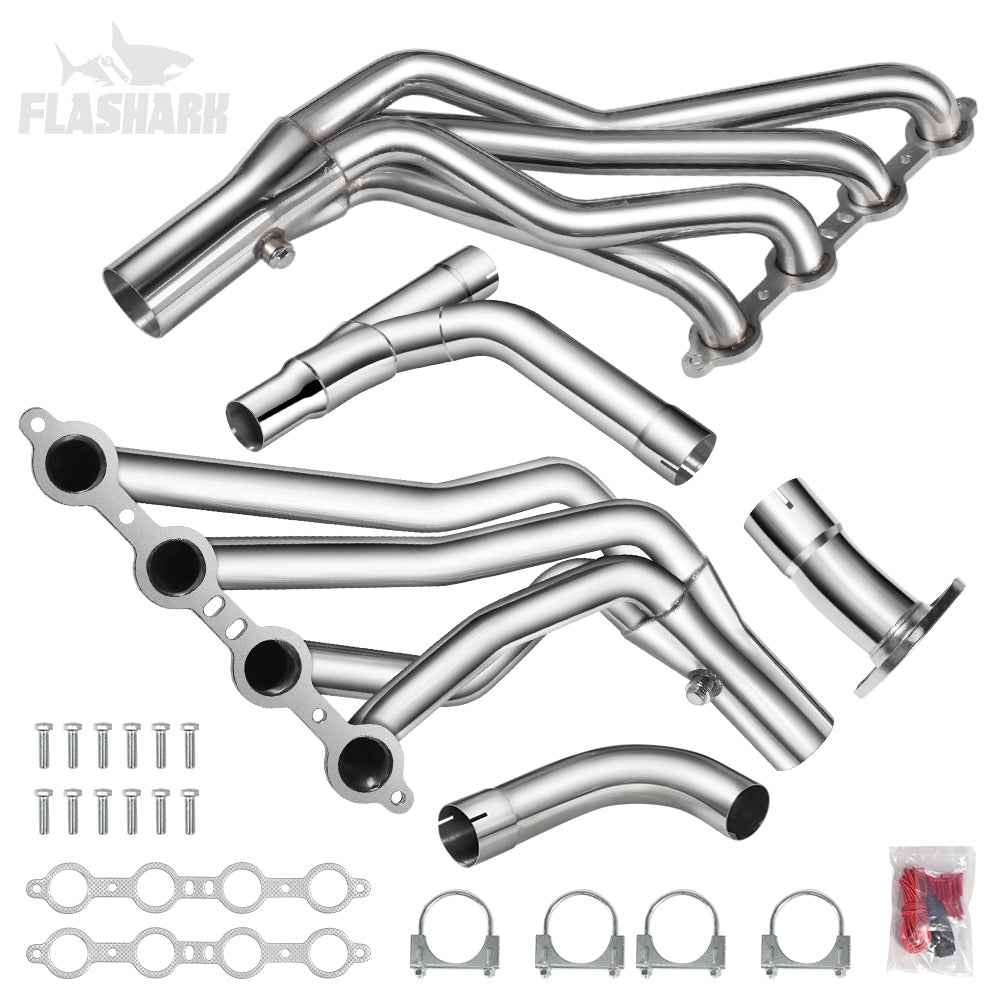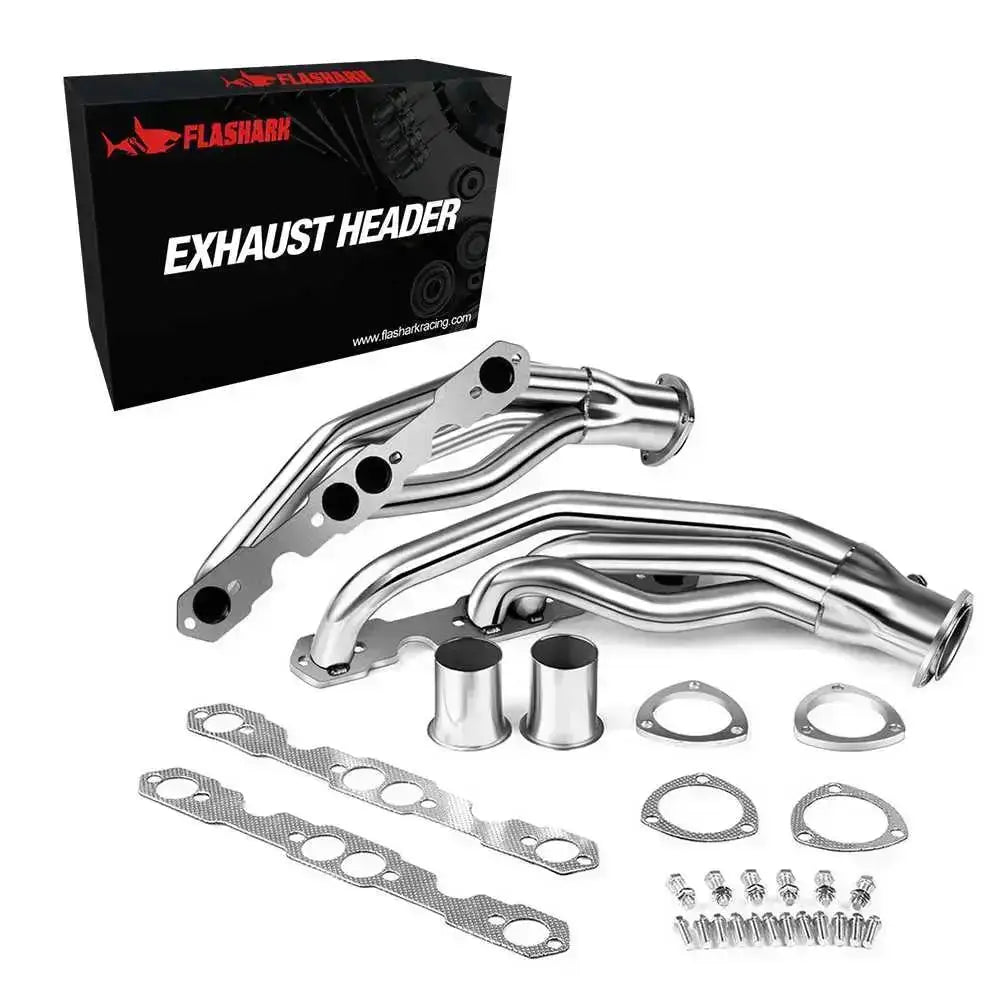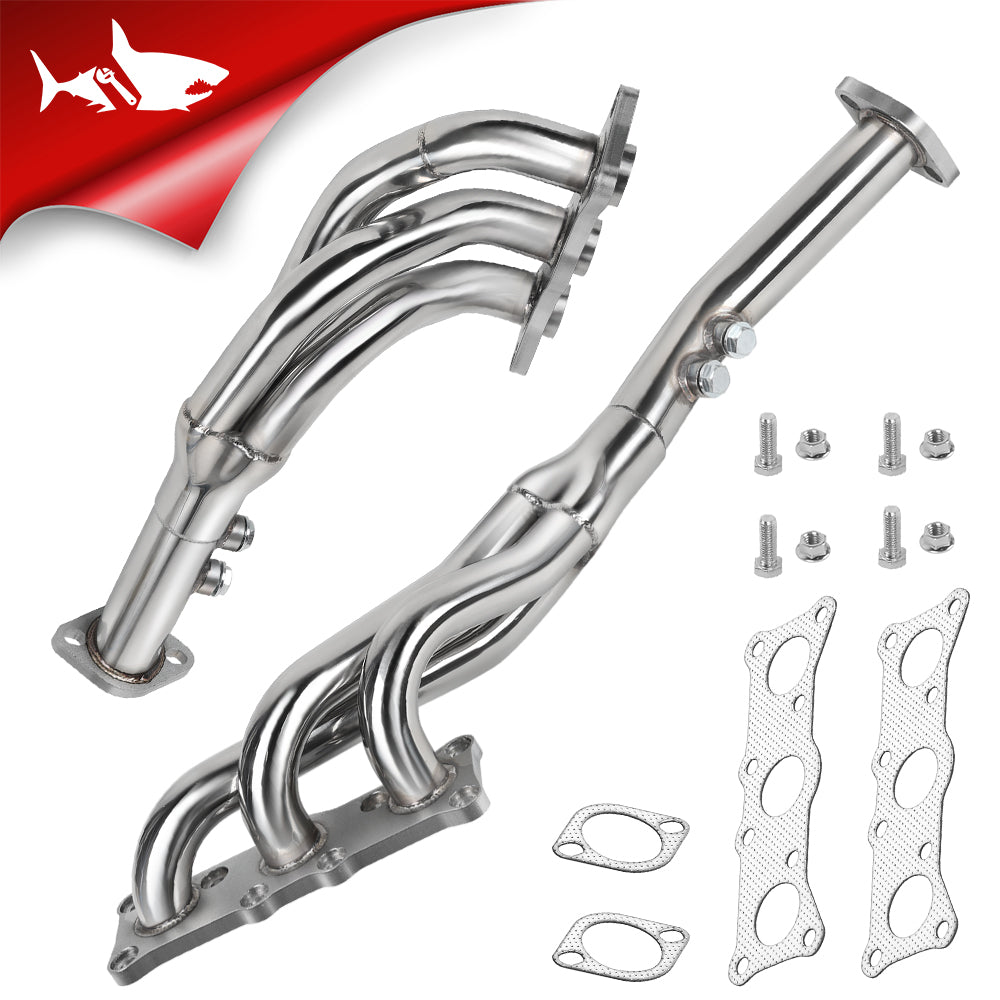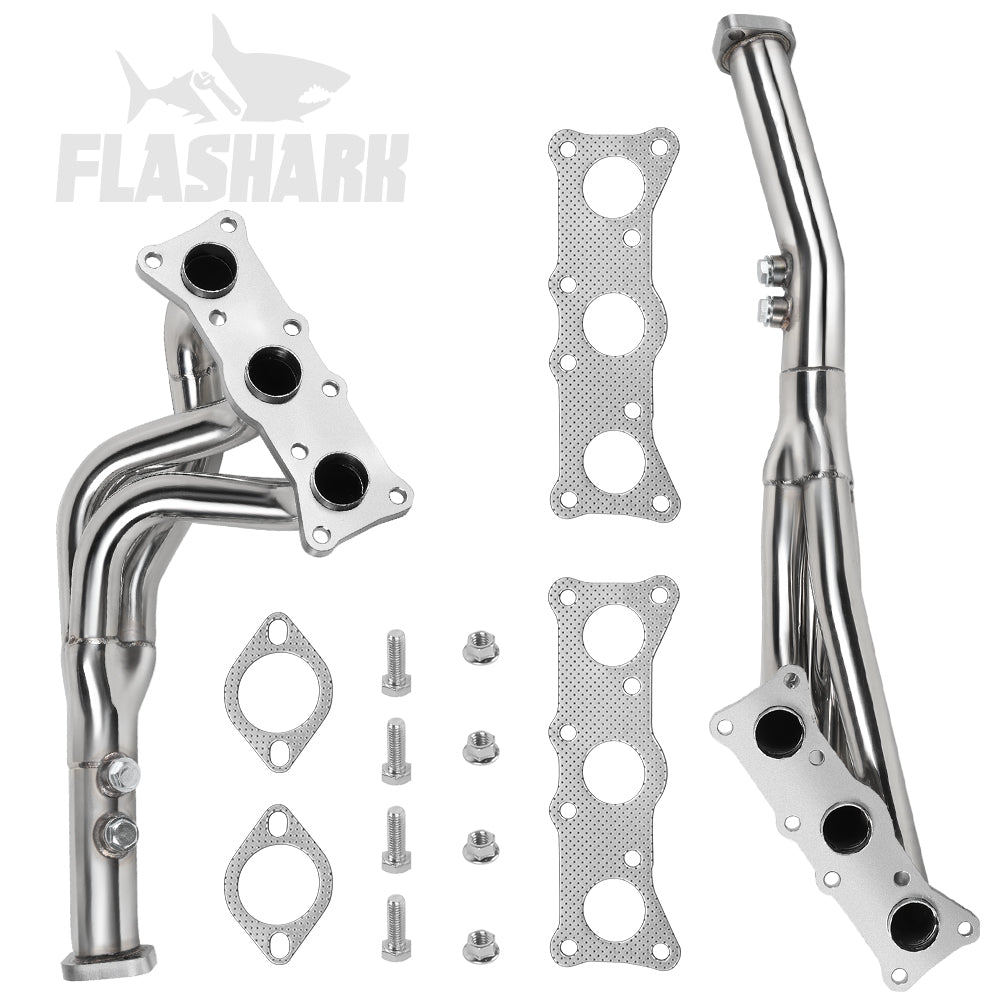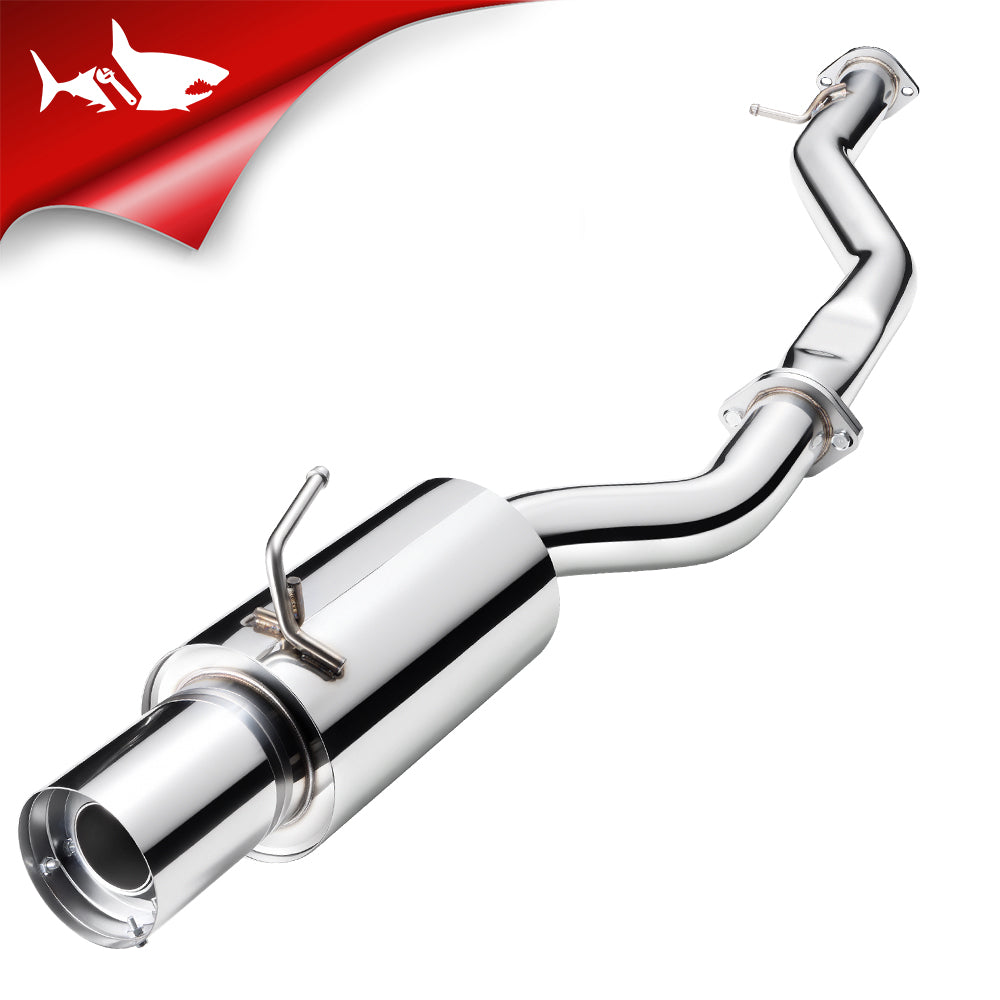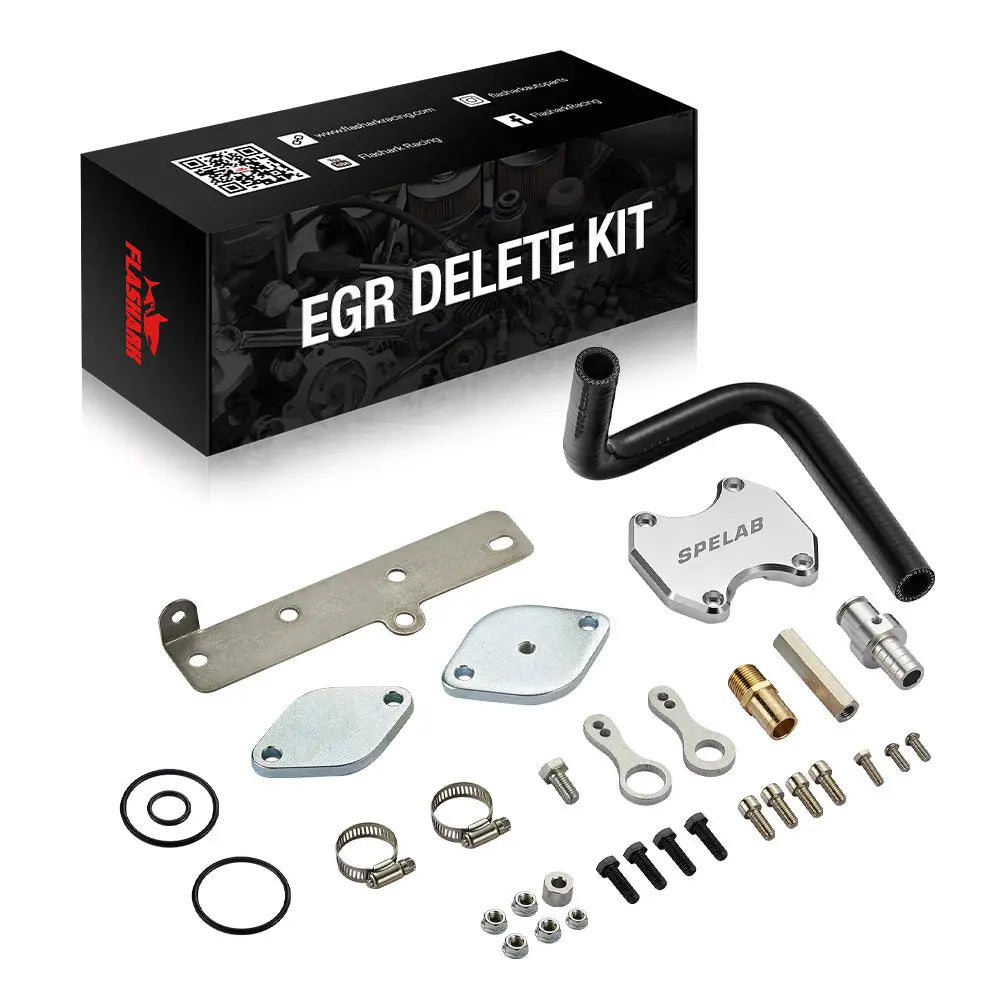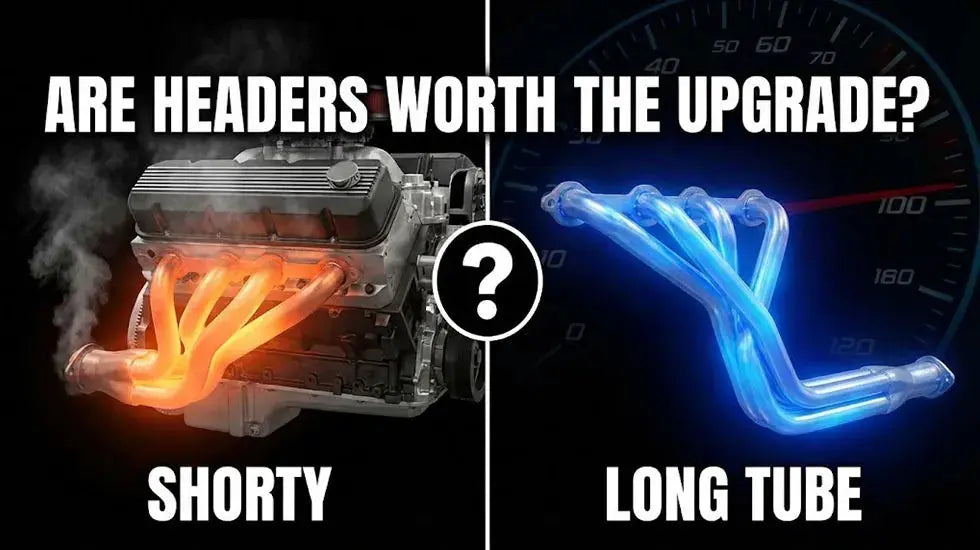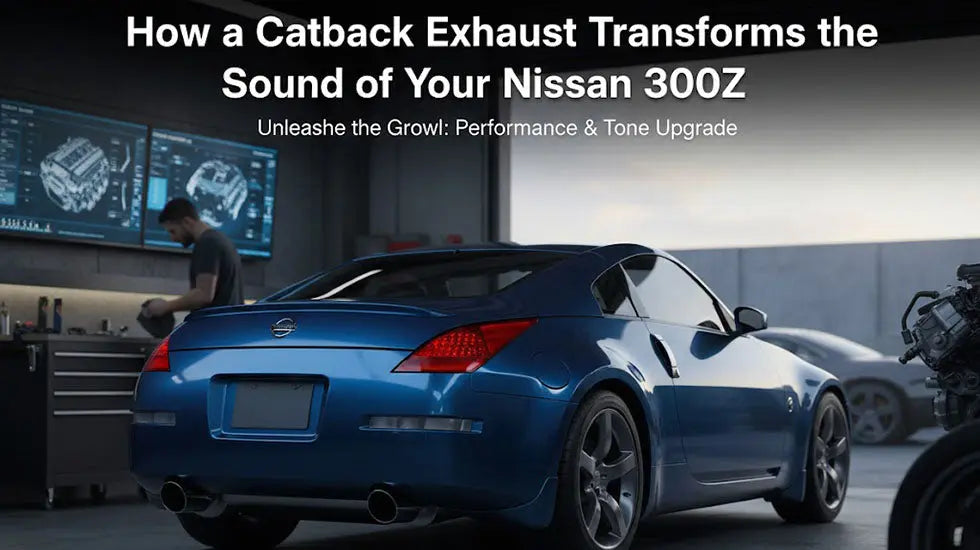As diesel emissions regulations become stricter, manufacturers have been forced to create more complex systems to meet these standards. Ford's 6.7 Powerstroke is no exception. With three generations under its belt, the 6.7 Powerstroke has become increasingly emissions-friendly over the years. However, there's a catch. These emissions systems are notorious for being expensive to repair, leaving many owners feeling frustrated and stuck.
The diesel particulate filter (DPF) in particular can cause a lot of issues. It's prone to clogging, leading to poor performance and putting added strain on the turbo - a common problem area for the 6.7 Powerstroke. And if the DPF system fails altogether, be prepared to spend $3k-$5k for a replacement. It is no wonder many 6.7 Powerstroke owners are considering "deleting" their emissions systems altogether. But what does that even mean, and is it worth the effort? Well, you've come to the right place!
In this article, we will dive into the nitty-gritty of deleting a 6.7 Powerstroke, exploring the benefits and risks, as well as the steps involved in the process. So sit back, relax, and let's get ready to rev up your engine!
What is a 6.7 Powerstroke and why might you want to delete it?
The 6.7 Powerstroke is a diesel engine produced by Ford for use in their F-Series Super Duty trucks. It replaced the 6.4 Powerstroke in 2011 and has since undergone several improvements to meet stricter emissions regulations. This engine is known for its power, torque, and durability, making it a popular choice for those who need to tow heavy loads or haul equipment.
However, the emissions systems on the 6.7 Powerstroke have become a common source of frustration for many owners. The diesel particulate filter (DPF) in particular is prone to clogging, creating backpressure in the exhaust system that can negatively impact performance and put added strain on the turbo. However, repairing or replacing emissions components can be very expensive, costing thousands of dollars.
This is where 6.7 powerstroke delete kit comes in. By removing or bypassing the emissions systems, owners can potentially improve performance and fuel efficiency, as well as avoid costly repairs. However, deleting a 6.7 Powerstroke can also have negative consequences, such as voiding the vehicle's warranty and potentially running afoul of emissions regulations.
Understanding the Process of Removing DPF System on 6.7 Powerstroke:
6.7 powerstroke dpf delete can be a complex process since it involves removing not just the DPF, but also other emissions systems. A typical DPF delete kit will actually eliminate the diesel oxidation catalyst (DOC), selective cat reduction (SCR), and DPF systems. This means that the diesel exhaust fluid (DEF) system, which is used to support the SCR system, is no longer necessary and can be removed or plugged.
It is important to note that the exact components involved in the delete process may vary depending on the type of 6.7 Powerstroke you have. Consumer pickups typically have the SCR and DPF systems integrated into the same pipe, while chassis cab work trucks have the DPF integrated into the DOC and the SCR system separately.
DPF Delete vs EGR Delete: Why One Doesn't Cover Both for Your 6.7 Powerstroke
It is a common misconception that removing the diesel particulate filter (DPF) system on your 6.7 Powerstroke will automatically eliminate the exhaust gas recirculation (EGR) system as well. In fact, the EGR delete 6.7 powerstroke system needs to be tackled separately if you're looking to optimize the performance and reliability of your truck.
While a DPF delete involves replacing the exhaust system with a straight or race pipe, the EGR system is located before the exhaust and includes an EGR valve and cooler. To delete the EGR system, you'll need to plug the valve and replace some of the hoses, which is a more complicated process compared to a DPF delete.
Ultimately, understanding these emissions systems and the potential benefits of deleting them can help you make a final decision about how to upgrade and maintain your 6.7 Powerstroke.
Deleting your 6.7 Powerstroke the Right way:
If you want to increase your 6.7 Powerstroke's performance and fuel economy then deleting the DPF and EGR systems might be the answer! But don't worry, it's as easy as 1, 2, 3!
First, install a tuner or programmer to disable the pollution control devices. Second, install a DPF and EGR delete kit that comes with all the necessary hardware and instructions. Finally, you can have your truck's computer re-programmed so that it runs smoothly without any error codes.
Although deleting your 6.7 Powerstroke can have some great benefits, such as improved power and fuel efficiency, it is important to take caution to avoid damaging your engine. So, make sure to follow these steps and seek help from a trusted diesel mechanic if needed.
Final Thoughts:
In a nutshell, deleting the DPF and EGR systems on a 6.7 Powerstroke can potentially improve engine performance and fuel economy, but it's important to do it the right way to avoid any negative consequences.


